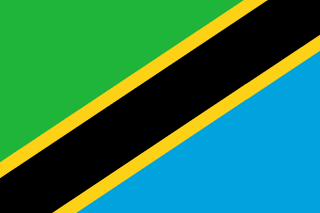Tanzania - Environment

As far as the environment of Tanzania is concerned, there have been . As for nvironment - international agreements, we have; .
About the environment of Tanzania
| Climate | We have varies from tropical along coast to temperate in highlands |
|---|---|
| Revenue from forest resources | |
| Revenue from coal | |
| Waste and recycling | Municipal solid waste generated annually: 9.277 million tons (2024 est.) |
| Total renewable water resources | 96.27 billion cubic meters (2022 est.) |
| Major rivers (by length in km) | |
| Total water withdrawal | |
| Municipal | 527 million cubic meters (2022 est.) |
| Industrial | 25 million cubic meters (2022 est.) |
| Agricultural | 4.632 billion cubic meters (2022 est.) |
| Land Use | |
| Agricultural land | 44.6% (2022 est.) |
| Agricultural land: arable land | arable land: 15.2% (2022 est.) |
| Agricultural land: permanent crops | permanent crops: 2.3% (2022 est.) |
| Agricultural land: permanent pasture | permanent pasture: 27.1% (2022 est.) |
| Forest | 50.6% (2022 est.) |
| Other | 4.8% (2022 est.) |
| Urbanization | |
| Urban population | 37.4% of total population (2023) |
| Rate of urbanization | 4.89% annual rate of change (2020-25 est.) |
| Major urban areas (Pop) | 262,000 Dodoma (legislative capital) (2018), 7.776 million DAR ES SALAAM (administrative capital), 1.311 million Mwanza, 800,000 Zanzibar (2023). |
All Important Facts about Tanzania
Want to know more about Tanzania? Check all different factbooks for Tanzania below.









